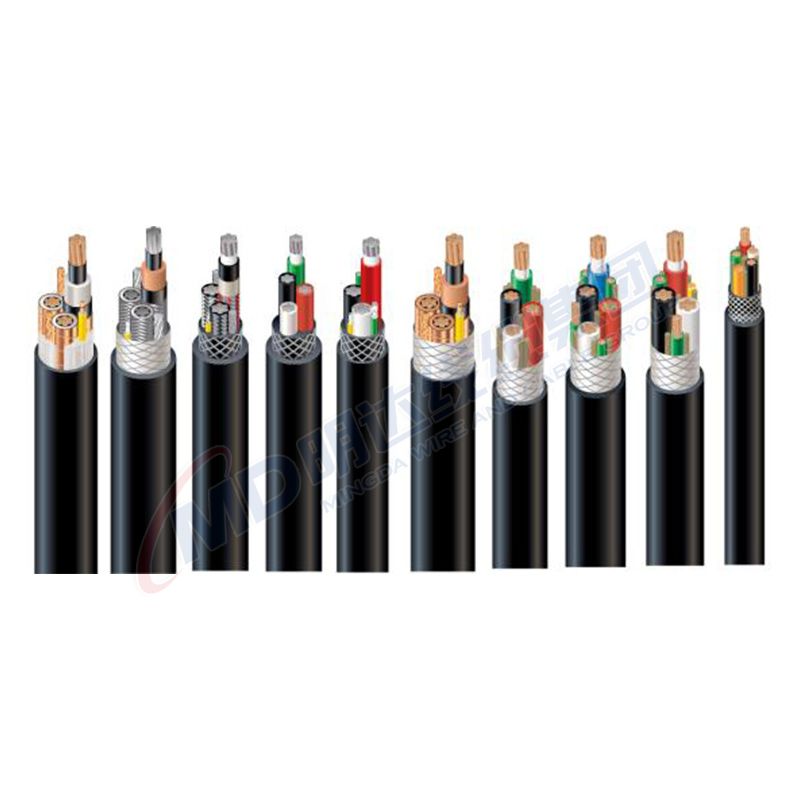Dec . 07, 2024 10:11 Back to list
electric actuated butterfly valve
Electric Actuated Butterfly Valve An Overview
The electric actuated butterfly valve is a crucial component in modern fluid control systems. It combines the functionality of a traditional butterfly valve with the precision and automation capabilities of electric actuation. These valves are widely used in various industries, including water treatment, oil and gas, food and beverage, and HVAC applications. This article delves into the design, operation, advantages, and applications of electric actuated butterfly valves.
Design and Operation
A butterfly valve consists of a circular disc or plate that is rotated within a pipeline to control the flow of fluid. When the disc is aligned with the flow, it allows fluid to pass through; when it is perpendicular to the flow, it restricts the passage. The unique design of the butterfly valve enables it to provide quick shut-off and flow control with minimal pressure drop.
Electric actuation is achieved through the integration of an electric motor that operates the valve's disc. The actuator receives signals from a control system, which can be manual or automated, allowing for precise control over the valve's position. There are various types of electric actuators, including on/off and modulating types, each suitable for different applications. On/off actuators are used for simple open/close operations, while modulating types allow for more nuanced control, adjusting the flow level according to the required specifications.
Advantages
One of the primary advantages of electric actuated butterfly valves is their ability to provide precise control over fluid flow. Unlike manual valves, which require physical effort to operate and may lead to inconsistent results, electric actuators ensure that the valve is opened or closed accurately according to the set parameters, improving overall system reliability and efficiency.
Another significant benefit is their speed of operation. Electric actuators can open or close valves in a matter of seconds, which is essential for processes that require rapid response times. Furthermore, these valves can be integrated into automated systems, significantly reducing the need for manual intervention.
Maintenance is another important aspect. Electric actuated butterfly valves typically require less frequent maintenance compared to pneumatic or hydraulic systems. They are less prone to leaks since there are no air lines or hydraulic fluids involved, and they often feature durable materials that withstand aggressive environments.
electric actuated butterfly valve

Energy efficiency is another factor that favors electric actuated valves. With advancements in technology, modern electric actuators consume less power and contribute to reduced operational costs. Their straightforward installation and compatibility with various control systems make them an attractive option for many engineers and technicians.
Applications
Electric actuated butterfly valves are versatile and applicable across numerous industries. In the water treatment sector, they are commonly used to regulate the flow of water and wastewater, ensuring efficient treatment processes. These valves help maintain optimal flow rates, reduce energy consumption, and improve overall system performance.
In the oil and gas industry, they provide reliable shut-off capabilities in pipelines, enhancing safety measures in transporting hazardous materials. Their quick response time is critical in emergency situations to prevent spills or leaks.
In HVAC applications, electric actuated butterfly valves control airflow within duct systems, contributing to energy savings and comfort. By regulating the temperature and humidity levels efficiently, they enhance indoor air quality and optimize energy use.
The food and beverage industry also benefits from these valves, where sanitary design is paramount. Electric actuated butterfly valves offer hygienic solutions for handling fluids, making them suitable for processes such as brewing, bottling, and wastewater management.
Conclusion
Electric actuated butterfly valves play a vital role in enhancing efficiency, control, and reliability within various fluid management systems. Their design allows for fast and precise operations, while their incorporation of electric actuation technology reduces the need for manual control and maintenance. With applications spanning multiple industries, these valves continue to demonstrate their importance in modern automated processes, making them a top choice for engineers and system designers alike. As technology advances, the future of electric actuated butterfly valves looks promising, potentially incorporating further innovations to meet the ever-evolving demands of industry.
Share